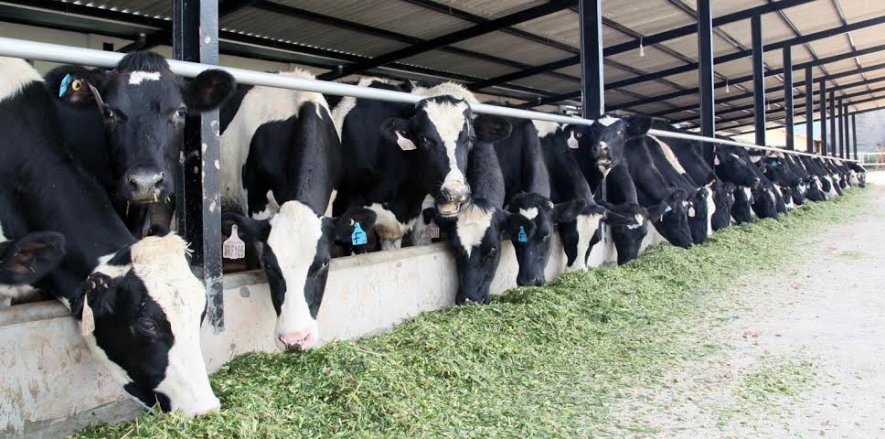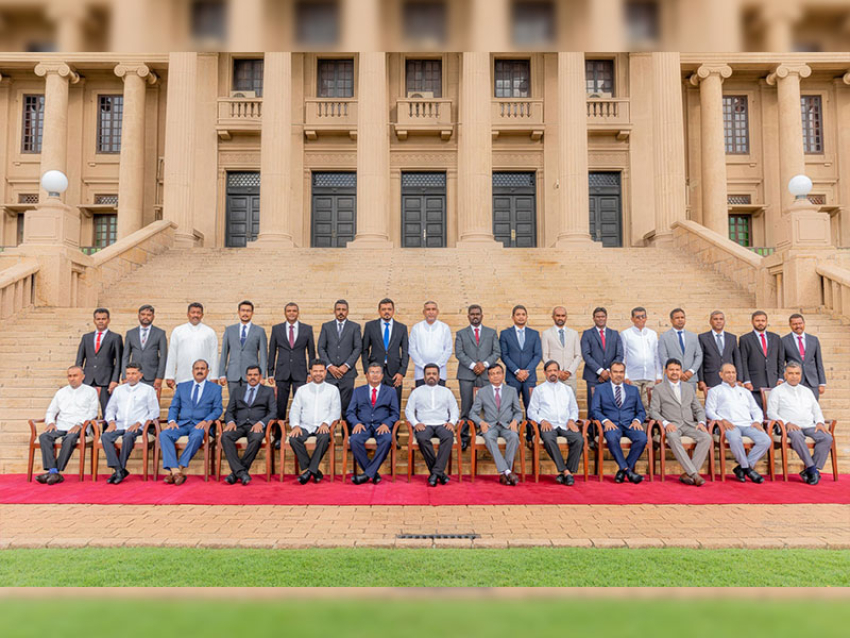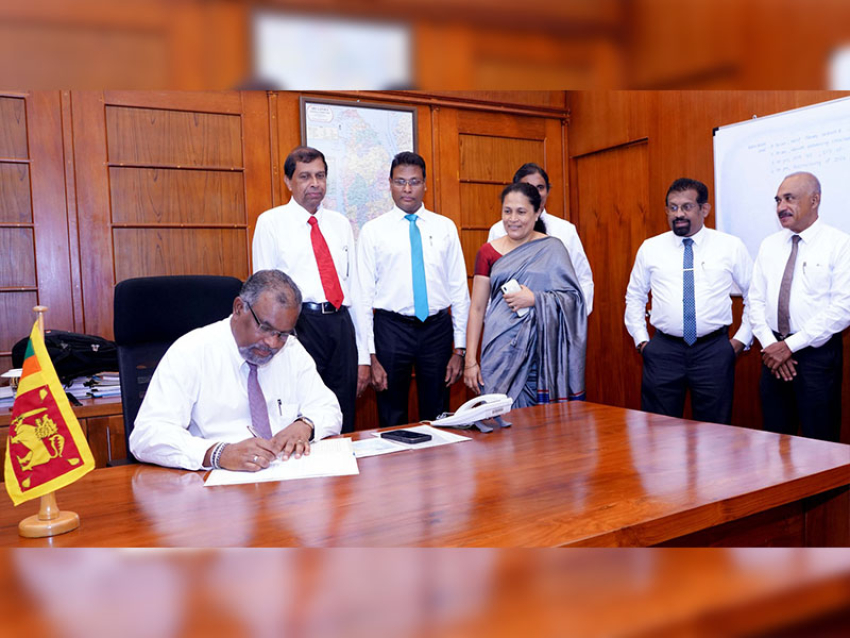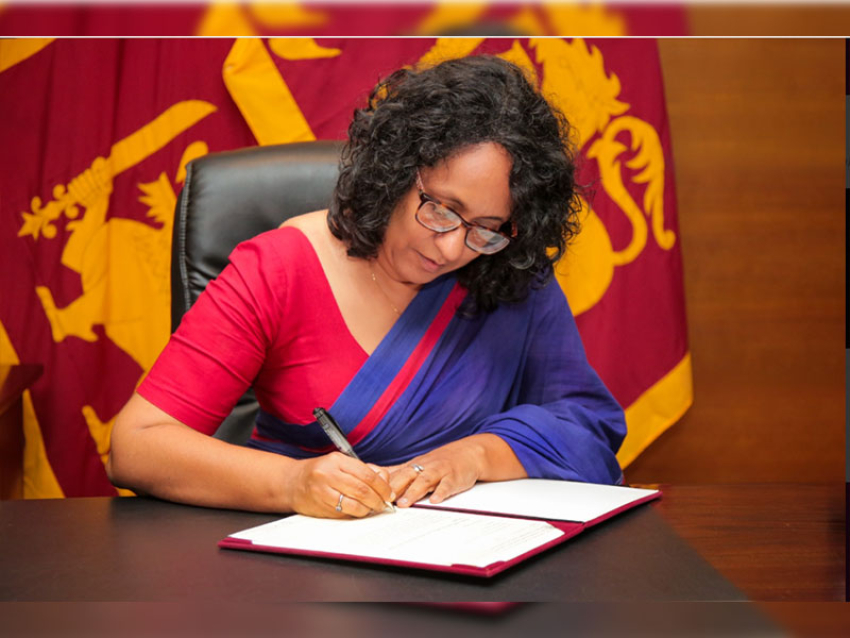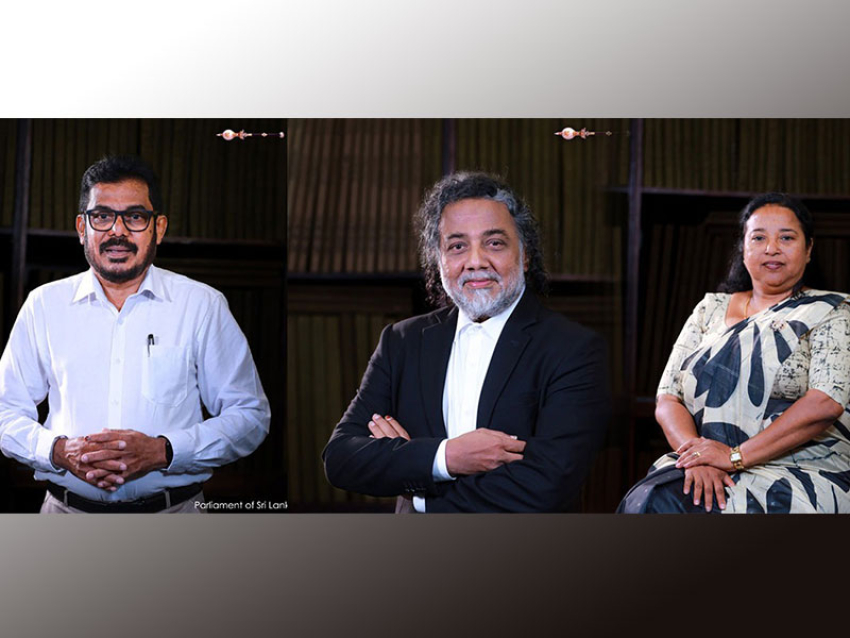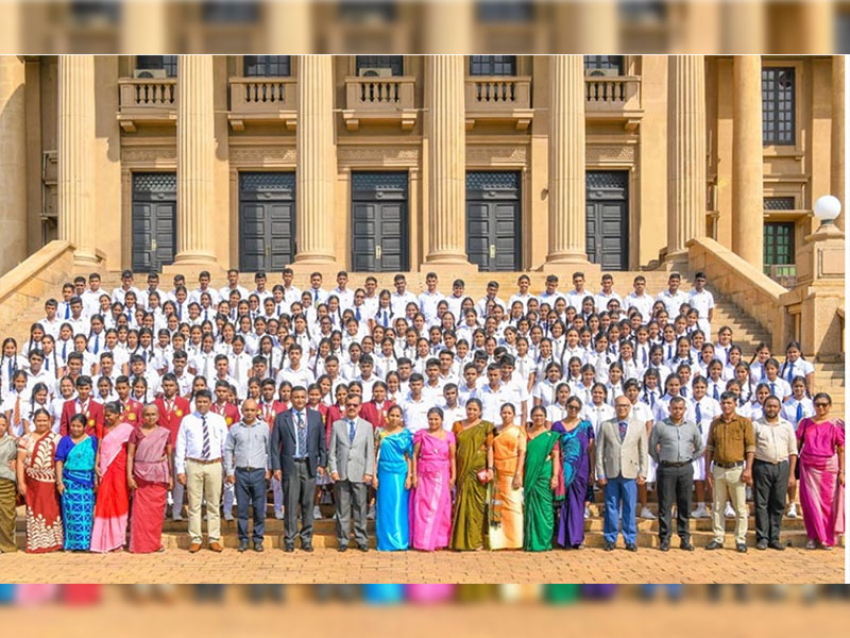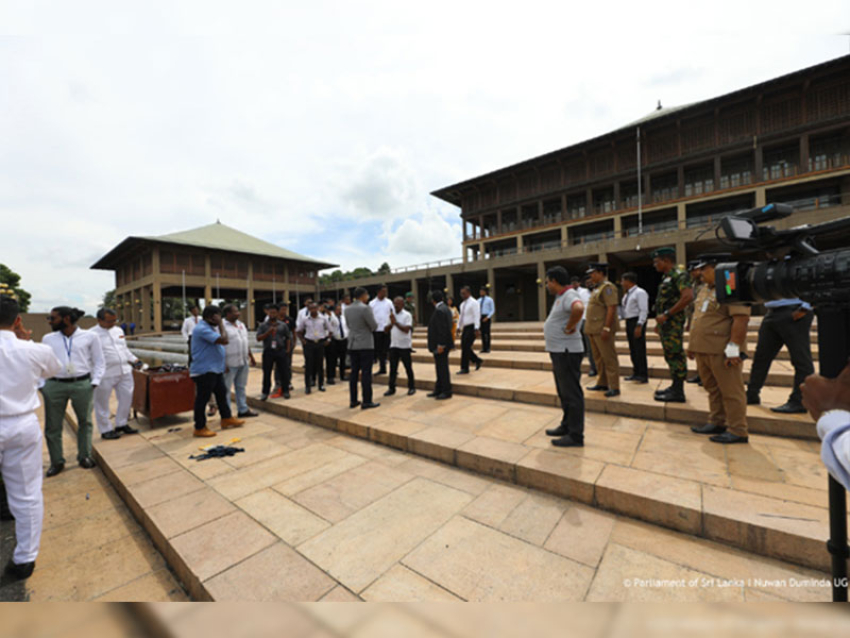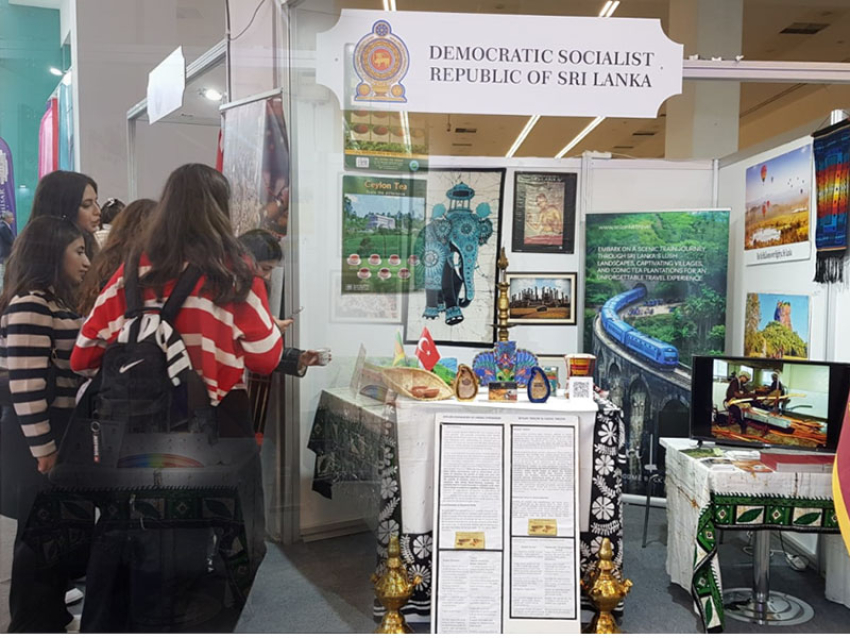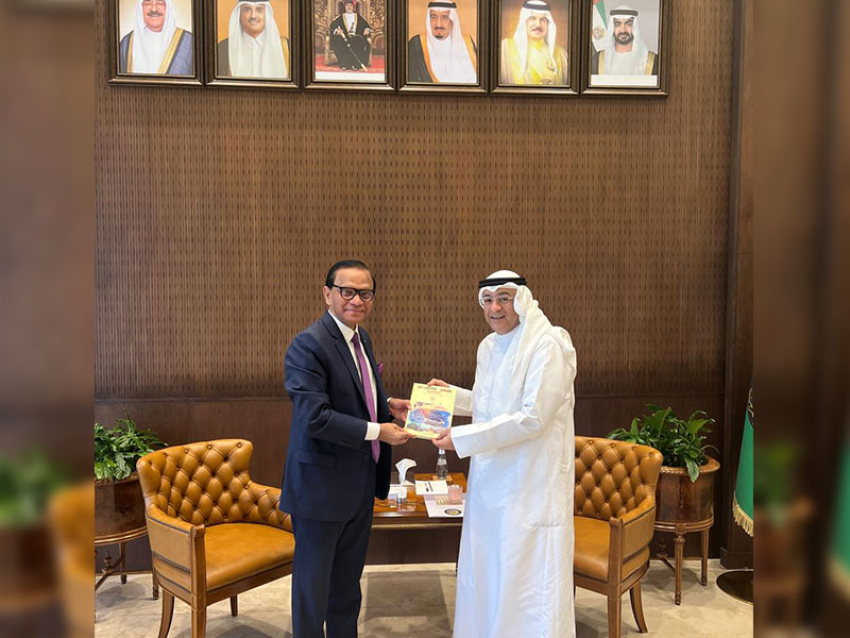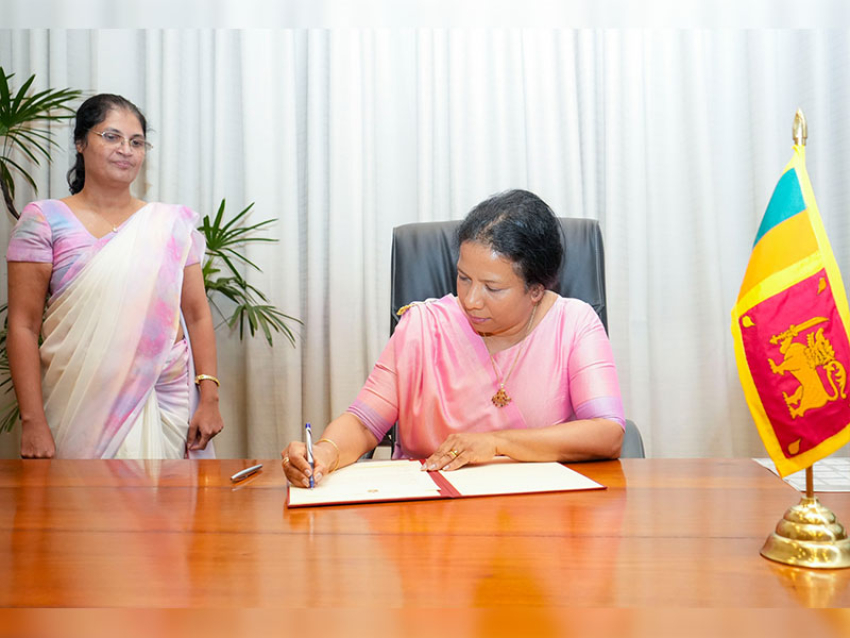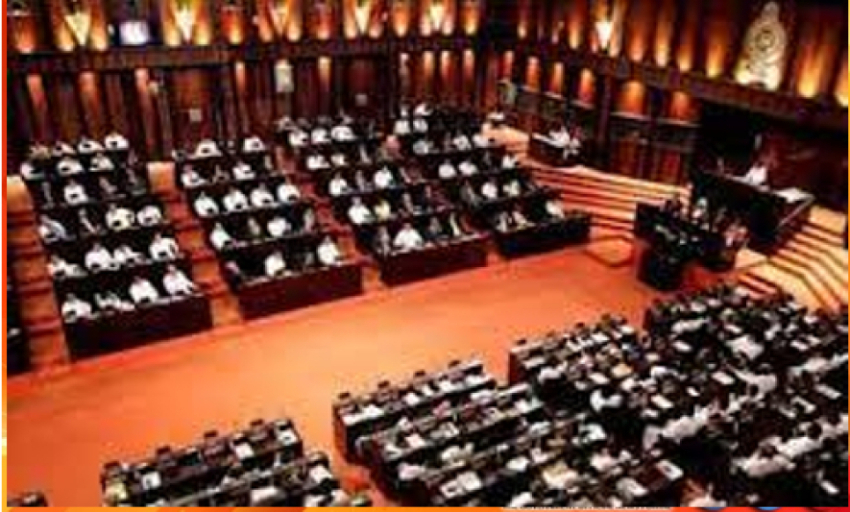They introduced milkpowder to Sri Lanka in 1927. At first they were generous enough to distribute powdered milk free through hospitals. It can be likened to multinational corporations selling wheat flour after giving CARE (Cooperative American Relief Everywhere) biscuits free to school children for years.
At the beginning in 1927 the multinational promoters of powdered milk claimed that it was nutritious for children. Thereafter they propagated the view that milk powder was good for lactating mothers. This campaign began with advertisements in colour published in the Sandaresa and Dinamina newspapers in January 1936. Among the well-known brands of baby milk powder at the time were Cow & Gate and Lactogen. Thereafter in 1945 they said milk powder was good for everyone in the family if consumed daily.
After independence the Government’s Information Department lauched a counter offensive in 1949 stressing the importance of fresh cow’s milk. It stressed the cow’s milk was a complete food item comprising all the vitamins needed for the growth of the human body. But the multinationals succeeded in sabotaging the department’s campaign by bribing certain officials through granting scholarships and other privileges. As a result the multinationals were able to baptise their powdered milk as the food of royal babies in 1965.
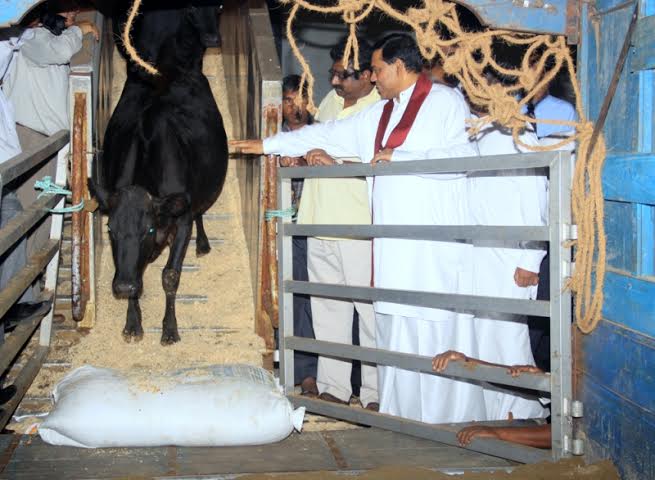
It is the Mahinda Chinthana Vision which helped to take a giant step forward in making the country self-sufficient fresh milk. Accordingly special programmes were launched to strengthen the dairy farmer and uplift the livestock industry. A number of measures were adopted to encourage fresh milk consumption and sales. This concept of President Mahinda Rajapaksa was activated under the direction of Economic Development Minister Basil Rajapaksa.
Under this programme the Government’s objective is to make Sri Lanka self-sufficient in milk production by 2016. Live Stock, Rural Development and Agricultural Ministries are assisting the Economic Development Ministry to make a success of this programme. Steps have been taken to provide the dairy farmer with technical knowledge, grass lands, cattle sheds and marketing facilities for their products. A thousand dairy farms with 25 cows for each of them are being setup island-wide. The farmers are also being provided with low-interest loans for this purpose.
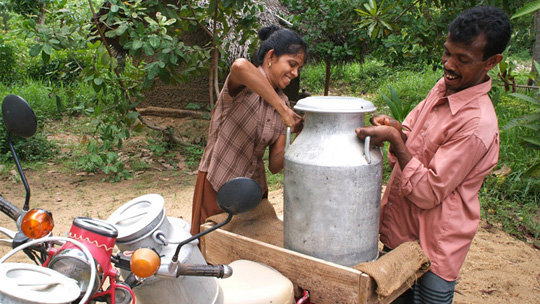
Two thousand Friesian and Jersey cows have been imported from Australia for boosting the industry. These animals are adaptable to the hill country and dry zone climates. Further 22,500 more such cows will be imported. The calves born to them through artificial insemination will be sold to dairy farmers at reasonable prices. Already the cows first imported have given birth to 2200 calves. After the birth of a calf a dairy cow can be milked for 305 days generally.
On March 14, 2012 the Government launched in Nuwara Eliya a programme to distribute a glass of fresh milk of 150 mililitres free to school children each to raise their nutrition level since the highest cases of malnutrition were reported from that district. Soon steps will be taken to distribute liquid milk through cooperatives at concessionary prices among other residents of the district.
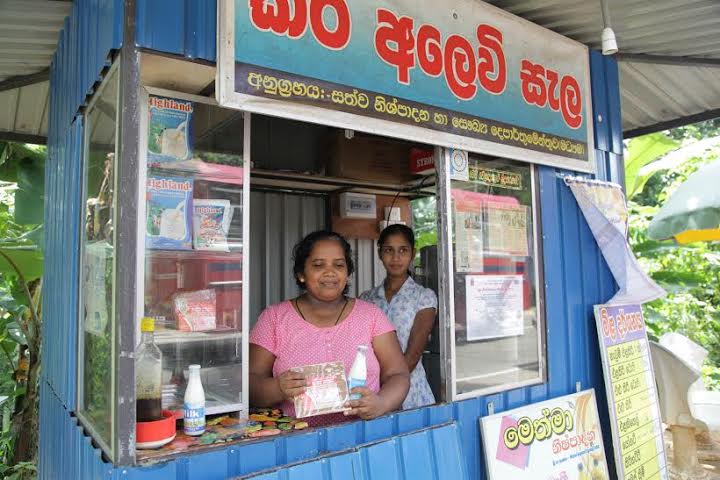
The number of registered dairy farmers in Sri Lanka is 238,322. In addition there are nearly 100,000 unregistered small dairy farmers. The annual production of milk is 204 million litres from 251,490 cows. There are also 86,226 buffalos which anually produce 55 million litres of milk. The daily production of milk in the country is 800,000 litres.
To make Sri Lanka completely self-sufficient in milk production should be increased 750million litres anually by 2016 from the present 320million litres. Meeting this challenge is the task of the Economic Development Ministry under Basil Rajapaksa in accordance with the Mahinda Chinthana Vision.
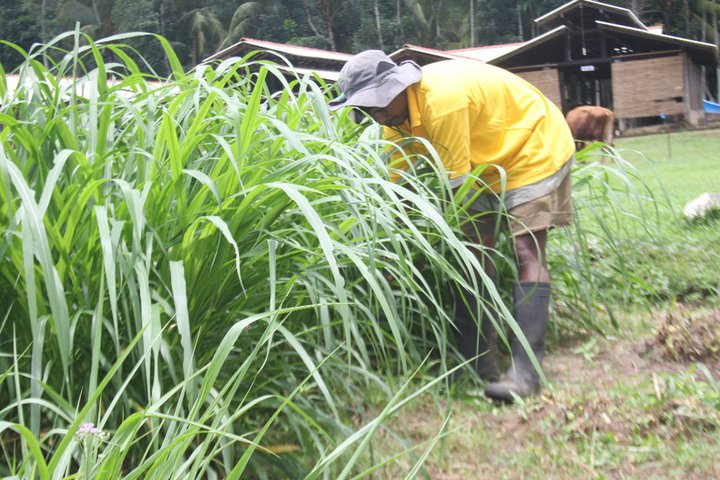
At present only 42 percent of the milk the country requires is produced locally. The balance 58 percent is imported. During the period the present Government was in power from 2005 to 2012 the total milk production increased by 128 million litres. It is a 56 percent increase. The number of cows has also increased by 155,000. If 300,000 more dairy cows can be milked, the country can be made self-sufficient in liquid milk.
The only obstacle to make Sri Lanka self-sufficient in liquid milk is imported powdered milk which has no nutritional value. If powdered milk is necessary it is far more preferable to consume locally produced powdered milk.
The programme to import dairy cows from Australia and distribute the calves among dairy farmers at concessionary prices should be expedited if the livestock industry is to be strengthened. At the same time adults and children should be educated on the need to consume only locally produced milk and milk products. It will not only safeguard their health but will also save US dollars 300 million in foreign exchange annually for the country. (KH)

